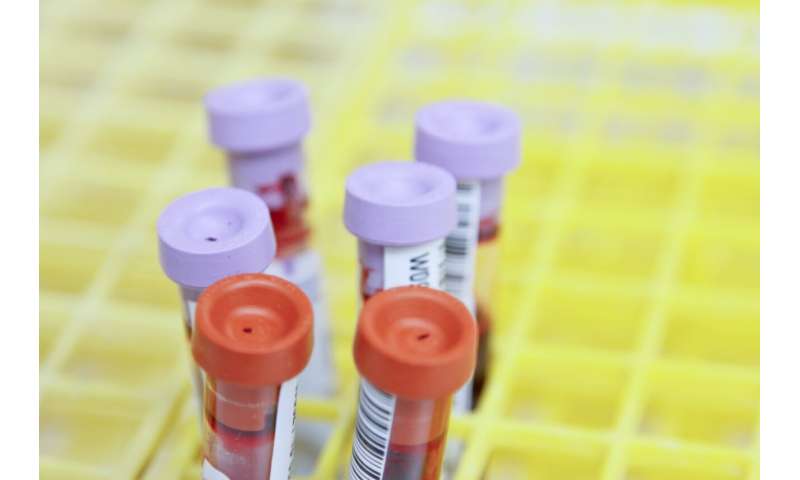Dissecting molecular mechanisms underlying ferroptosis in human umbilical cord mesenchymal stem cells

Ferroptosis can induce low retention and engraftment after mesenchymal stem cell (MSC) delivery, which is considered a major challenge to the effectiveness of MSC-based pulmonary arterial hypertension (PAH) therapy. Interestingly, the cystathionine γ-lyase (CSE)/hydrogen sulfide (H2S) pathway may contribute to mediating ferroptosis. However, the influence of the CSE/H2S pathway on ferroptosis in human umbilical cord MSCs (HUCMSCs) remains unclear.
Erastin and ferrostatin-1 (Fer-1) were used to induce and inhibit ferroptosis, respectively. HUCMSCs were transfected with a vector to overexpress or inhibit expression of CSE.
A PAH mouse model was established using four-week-old male BALB/c nude mice under hypoxic conditions, and pulmonary pressure and vascular remodeling were measured. The survival of HUCMSCs after delivery was observed by in vivo bioluminescence imaging. The paper is published in the World Journal of Stem Cells.
Cell viability, iron accumulation, reactive oxygen species production, cystine uptake, and lipid peroxidation in HUCMSCs were tested. Ferroptosis-related proteins and S-sulfhydrated Kelch-like ECH-associating protein 1 (Keap1) were detected by western blot analysis.
In vivo, CSE overexpression improved cell survival after erastin-treated HUCMSC delivery in mice with hypoxia-induced PAH. In vitro, CSE overexpression improved H2S production and ferroptosis-related indexes, such as cell viability, iron level, reactive oxygen species production, cystine uptake, lipid peroxidation, mitochondrial membrane density, and ferroptosis-related protein expression, in erastin-treated HUCMSCs.
In contrast, in vivo, CSE inhibition decreased cell survival after Fer-1-treated HUCMSC delivery and aggravated vascular remodeling in PAH mice. In vitro, CSE inhibition decreased H2S levels and restored ferroptosis in Fer-1-treated HUCMSCs. Interestingly, upregulation of the CSE/H2S pathway induced Keap1 S-sulfhydration, which contributed to the inhibition of ferroptosis.
Regulation of the CSE/H2S pathway in HUCMSCs contributes to the inhibition of ferroptosis and improves the suppressive effect on vascular remodeling in mice with hypoxia-induced PAH. Moreover, the protective effect of the CSE/H2S pathway against ferroptosis in HUCMSCs is mediated via S-sulfhydrated Keap1/nuclear factor erythroid 2-related factor 2 signaling.
This study may provide a novel therapeutic avenue for improving the protective capacity of transplanted MSCs in PAH.
More information:
Bin Hu et al, Dissecting molecular mechanisms underlying ferroptosis in human umbilical cord mesenchymal stem cells: Role of cystathionine γ-lyase/hydrogen sulfide pathway, World Journal of Stem Cells (2023). DOI: 10.4252/wjsc.v15.i11.1017
Provided by World Journal of Stem Cells